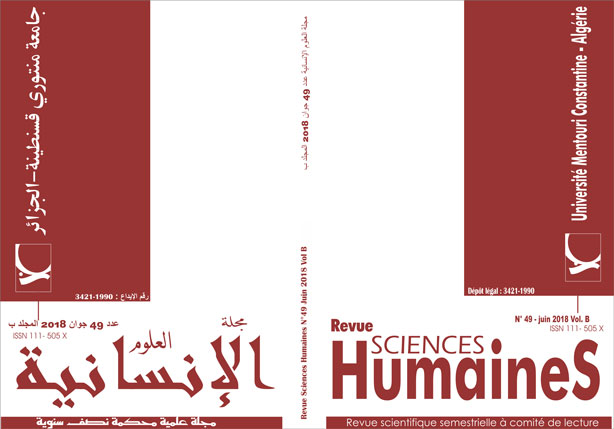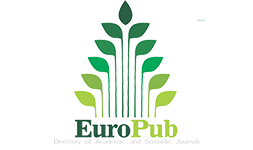Players’ Rehabilitation and Reeducation Between Electro Stimulation Methods and Classical Work
Keywords:
Rehabilitation, Reeducation, Electro Stimulation, Physiotherapist, Electrode, ProprioceptionAbstract
Numbers of athletes keep on playing despite a tendinitis and, as a result, the injury quickly becomes more serious and may even evolve into a chronic tendinopathy.
These reasons explain why the technical staff should be very attentive and not hesitate to put the athlete to rest in order to avoid the appearance of tendinopathies. The medical staff generally asks for an ultrasound scan to be able to observe the peritendinous effusion. The athlete, in some cases, needs surgery which success is guaranteed but the reeducation is lengthy. The medical staff should implement a precise program, the reeducation should be specific and minutely followed, and the fitness trainer will work closely with the athlete to allow him to regain all his high level capacities and qualities. One speaks of rehabilitation period during which the medical staff and the fitness trainer should collaborate to analyze the player’s evolution and decide whether he should resume collective training. A bad reeducation and rehabilitation will lead to a risk of an omnipresent relapse.
Downloads
References
- Bisciotti NG, Sagnol JM, Filaire E. Aspetti bioenergetivi della corsa frazionata nel calcio, Scuola dello sport, 2011.
- Buchheit M. The 30- 15 intermittent fitness test: reliability and implication for interval training of intermittent sport players, ECSS proceedings, Belgard, 2005.
- Cascua S. Les Blessures du footballeur, Éditions, Amphora, 2001, Paris.
- Cometti G. Les méthodes modernes de musculation, donnés pratique, Tom2, Ed : UFR STAPS, Université de Bourgogne, Dijon, 1990, Paris.
- Cometti G. Les méthodes modernes de musculation, Tom1, Ed : UFR STAPS, Université de Bourgogne, Dijon, 1988, Paris.
- Duchateau J. Principes de l’électrostimulation musculaire et recrutement de différent type de fibres, Communication aux journées internationales d’électrostimulation, Clermont-Ferrand, 1990.
- Dufour M, Pillu M. Biomécanique fonctionnelle, Masson, 2005, Paris.
- Enoka R. M. Muscle strength and its development, new perspective, Sport medicine, 1988.
- Geoffroy C .Le sport, l’esprit tranquille-La prévention, les soins et la récupération, Collection Sport+, Édition Vigot, 2004, Paris.
- Ghozlane L, Tamalet B, Peyre M, De Lecluse J. Étude comparative de l’évolution précoce des ligamen-toplasties du LCA par autogreffe aux ischio-jambiers versus autogreffe au tendon rotulien, J Traumatol, Sport 2006 ,23 :2226228.
- Hägglund M, Waldén M, Ekstrand J. Previous injury as a risk factor for injury in elite football: a prospective study over two consecutive seasons, Br .j, Sports Med, 2006.
- Hamilton B. Usage des produits sanguins autologues en athlétisme, Congrés de l’lAAF, Symposium mondial antidopage ,2008.
- Jean PA .Football : Une préparation physique programmée (Principes fondamentaux), Éditions, Amphora, 2008, Paris.
- Lamarque JM. Aquajogging, Aquamoving, Aquarunning: Rééducation, préparation physique, remise en forme en milieu aquatique, Éditions Desiris ,2009.
- Martin L, Cometti G , Pousson M. Influence d’un entraînement par électromyostimulation sur différentes caractéristiques mécaniques et morphologique,1991.
- Murphy A. Hamstring rehabilitation for football players, Science and Football IV 2002, Routledge, Great Britain.
- Philippe L. Football : Planification et entraînement pour atteindre la performance, Éditions Amphora, 2006, Paris.
- Pintus A, Ambassa S, Chamari K, Cotte T. Évolution de la FC lors de jeux réduits et d’exercices intermittents chez des footballeurs de haut niveau, 11 Journée nationale des sciences du sport, ACAPS, Bruxelles, Belgique, 2007.
- Portmann M, Électromyostimulation in physiologie appliqué de l’activité physique, Édition Vigot, 1980, Paris.
- Rahnama N, Manning LK .Mechanisms and characteristics of injuries in youth soccer .Reilly T,Caabri J, Araujo D (eds),Science and Football V2008,Great Britain.
- Rochcongar P. Etude épidémiologique du risque traumatique des footballeurs de haut niveau, Science et sport, 2004.
- Vian J.L.Entraînement isotoniques par excitation électrique, Médecine du Sport, 1987.
- Wisloff U, Castagna C ,Helgerud J, Jones R. Strong correlation of maximal squat strength with sprint performance and vertical jump height in elite soccer players, Br , J, Sport Med,2OO4,38(3).
- Woods C, Hawkins RD, Hulse MA, Hodson A. The football association medical research programme: an audit of injuries in professional football-analysis of preseason injuries, Br, J, Sports Med, 2009.
















